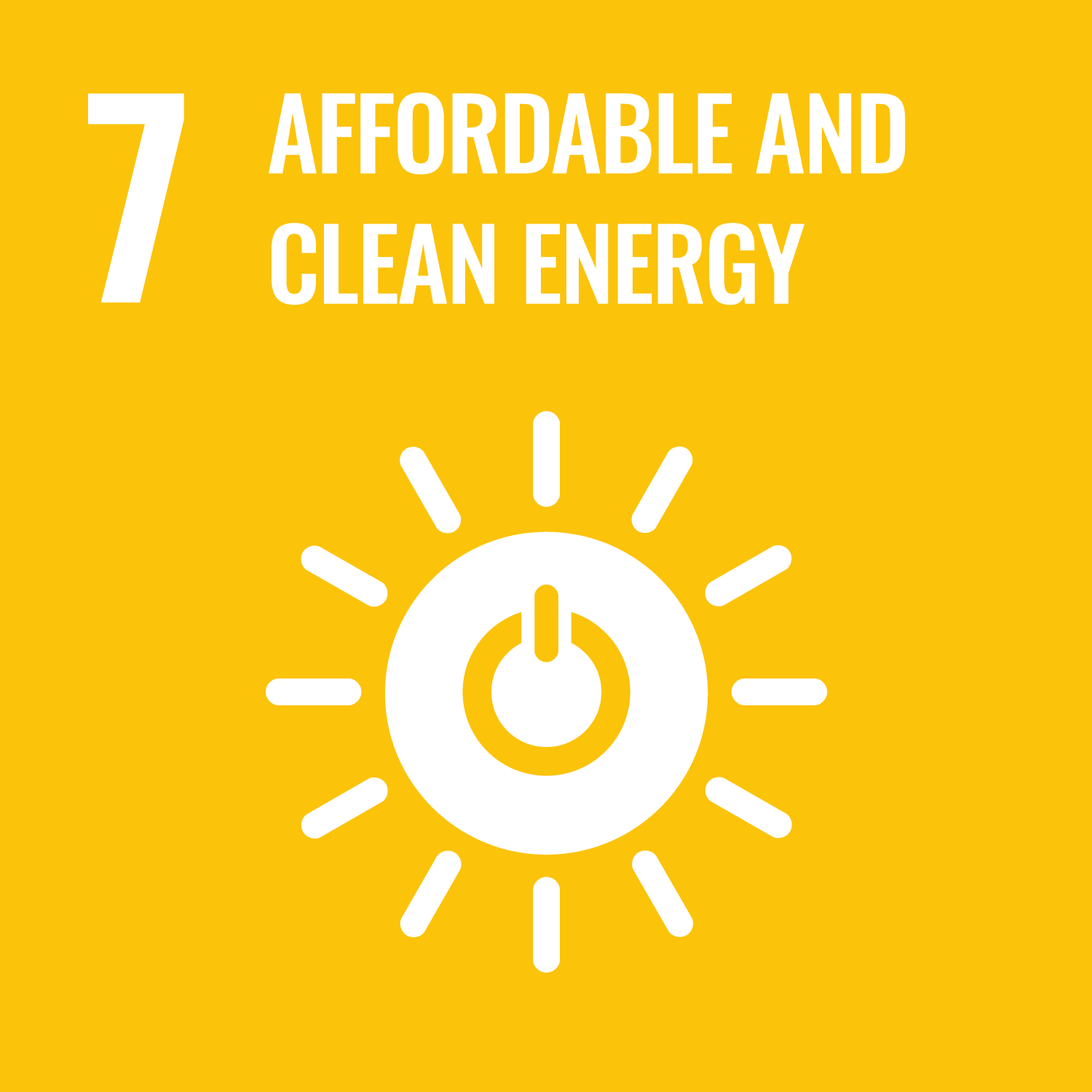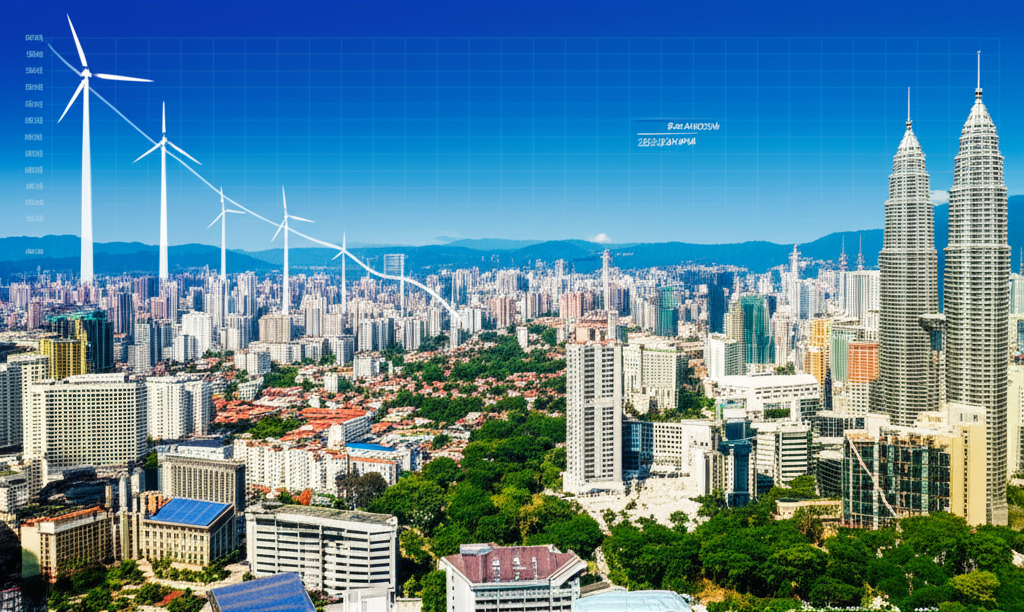Imagine a Malaysia powered entirely by clean energy, where bustling cities breathe freely and industries operate in harmony with nature. This vision of a carbon-neutral future isn’t just a dream; it’s a tangible goal, and new research from Universiti Teknologi Malaysia (UTM) shows how Malaysia can achieve it by 2050. The study emphasizes that Kuala Lumpur can play a significant role in reaching carbon neutrality.
But how can a nation transform its energy landscape so drastically? This research, conducted in close collaboration with national and sub-national stakeholders, provides a detailed roadmap. Researchers employed a global integrated assessment model to explore different pathways for reducing emissions in Malaysia and Kuala Lumpur. This model considered a range of factors, including policy ambitions, adoption rates, and implementation strategies, ensuring that the scenarios were both realistic and ambitious. The collaborative approach allowed researchers to refine the scenarios based on stakeholder feedback, making the analysis more relevant and impactful.
The study reveals that a multi-pronged approach is crucial. The key strategies are:
* **Decarbonizing the power sector:** Transitioning to renewable energy sources like solar, wind, and hydro power.
* **Electrification:** Encouraging the use of electric vehicles, electric heating systems, and electric machinery in industries.
* **Energy efficiency:** Improving the energy efficiency of buildings, transportation systems, and industrial processes.
* **Adopting advanced technologies:** Utilizing hydrogen fuel, carbon capture and storage technologies, and carbon dioxide removal strategies.
The impact of this research extends far beyond the laboratory. By providing concrete strategies and data-driven insights, this study empowers policymakers, businesses, and individuals to take meaningful action towards a sustainable future. Achieving carbon neutrality requires commitment and collaboration. The research underscores the importance of multilevel governance, where national and local authorities work together to implement effective policies. While the path to carbon neutrality may present technological, social, and financial challenges, this research offers a hopeful outlook, demonstrating that a sustainable future for Malaysia is within reach.
The next steps involve further refining these strategies, addressing potential challenges, and fostering widespread adoption of sustainable practices across all sectors of society. The researchers also aim to explore the social and economic implications of these changes, ensuring a just and equitable transition to a green economy. The complete article can be found here: https://doi.org/10.3389/fenrg.2024.1336045


